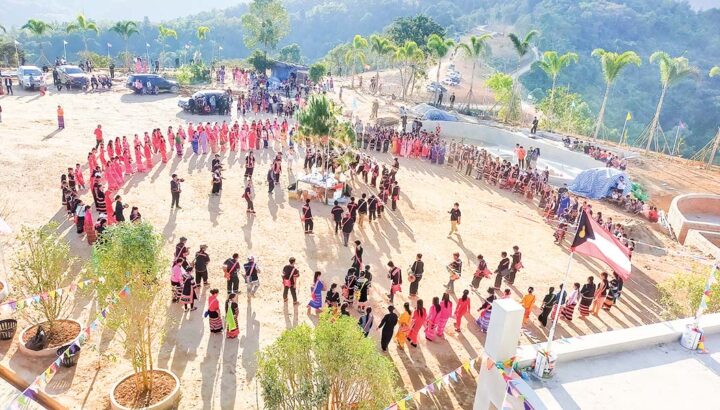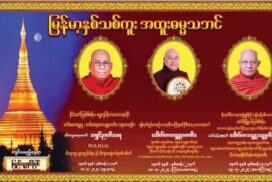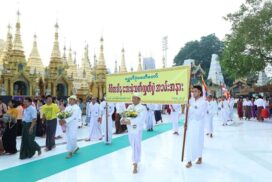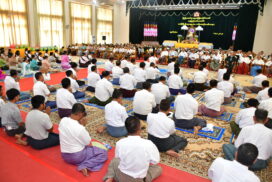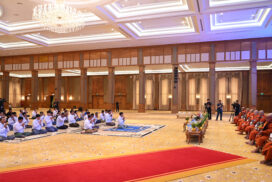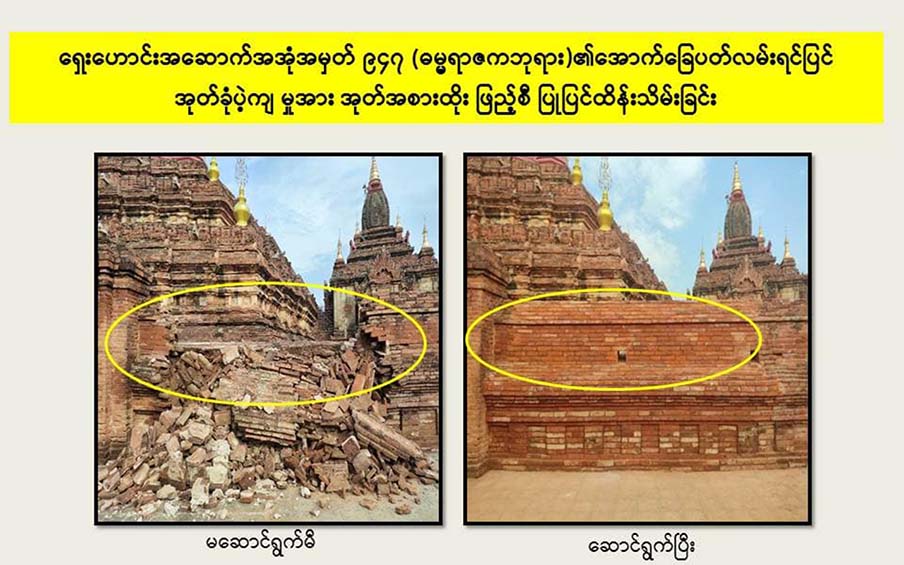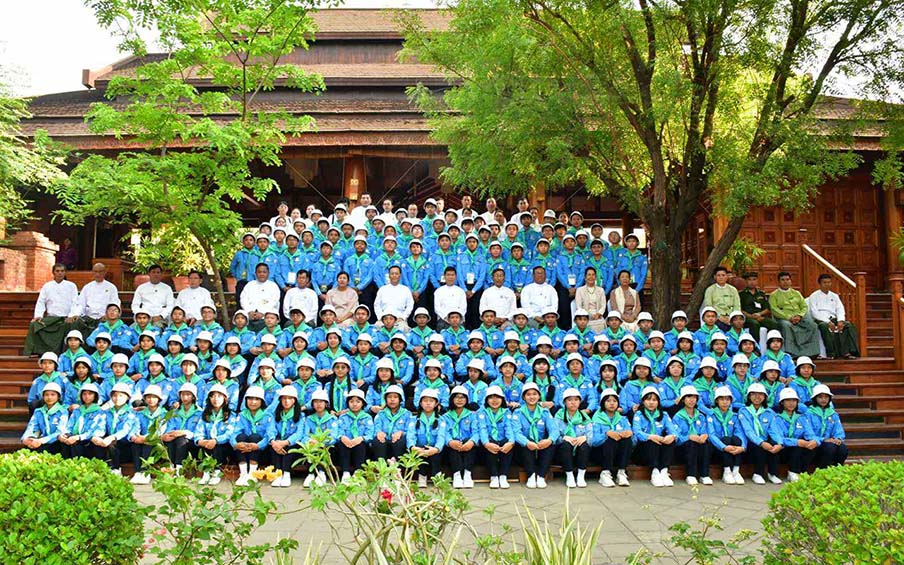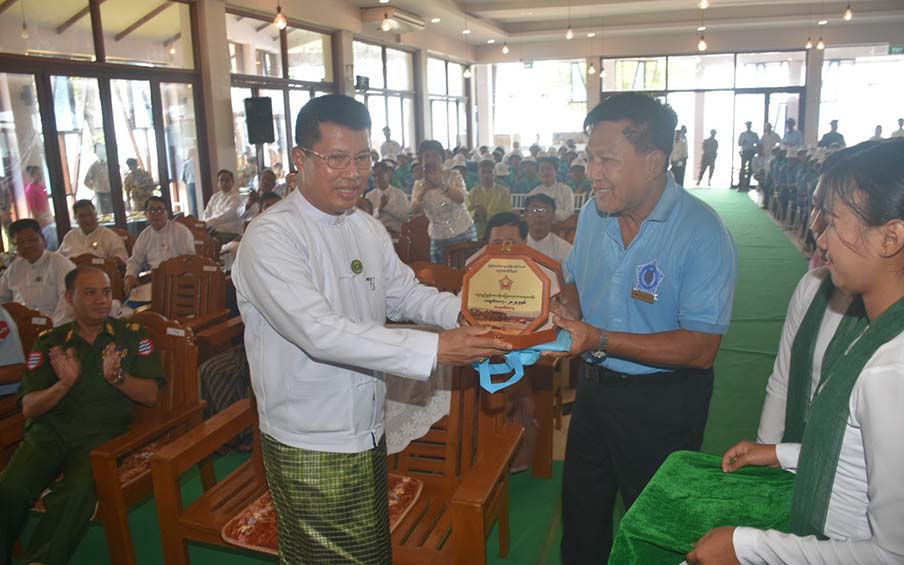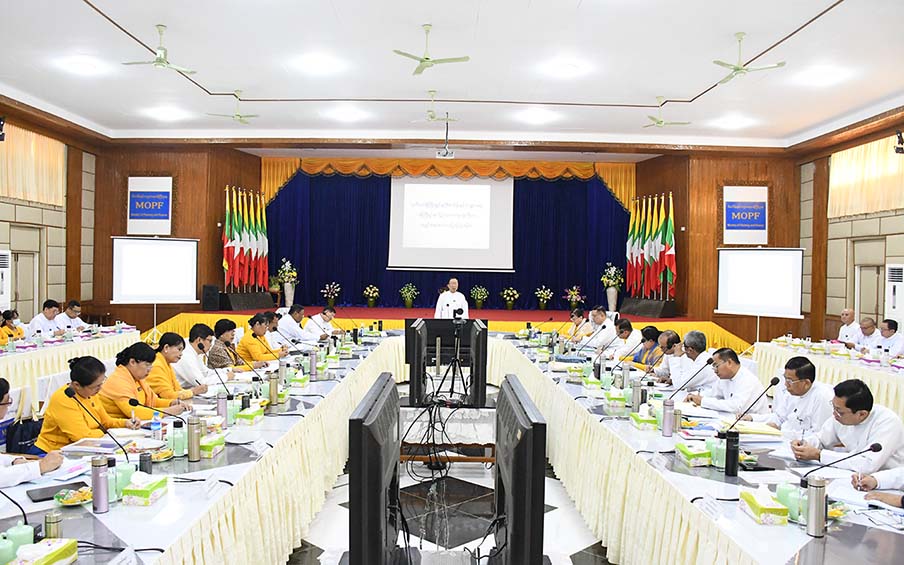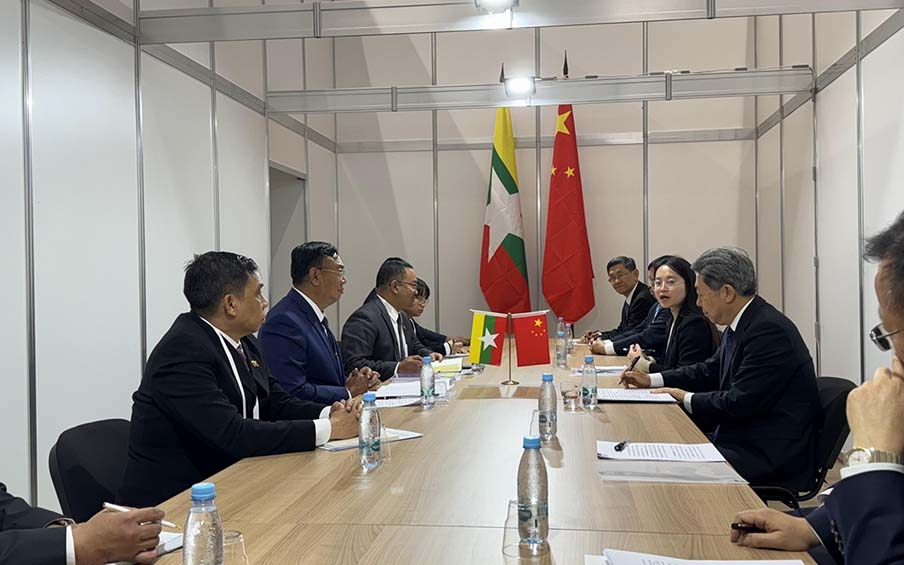Myanmar is a home to various ethnic nationalities, and each has its own culture, religion and customs.
Lahu Ethnic Nationality
Originated from the Tibetan plateau of China, Lahu people are currently residing in China, Myanmar, Thailand, Laos, and Vietnam, with most of the population, nearly 200,000 people, living in eastern and northern Shan State.
The Lahu live mostly in the highlands and are engaged in slash-and-burn agriculture and farming, hunting and blacksmithing.
Christianity is the most widely practised religion, followed by Buddhism and traditional religions.
Gourd and New Year Festival
The gourd is the symbol of the Lahu people. There are three main ethnic groups in the Lahu: Red Lahu, Black Lahu and Yellow Lahu, and other Lahu sub-tribes. Black Lahu language is the most spoken language among the Lahu ethnics.
Traditional festivals
Among the prominent traditional festivals, the New Year festival and New Year Feast are the most well-known ones. Despite the divided ethnic groups, all tribes have the same festivals. The New Year is celebrated at the beginning of the New Year in early January, and the Lahu people celebrate the New Year when the cherry blossoms and peach flowers are found, as instructed by the forefathers. The 2022 Lahu New Year Festival was held in Panku village, Lower Monghe village-tract, in Tachilek Township in early January.
New Year Feast (traditional ceremony of eating the first crop)
New Year Feast Day is annually celebrated in November and December. The first crops grown are shared and donated, and it is a time of thanksgiving for God and the elderly.
Handwashing ceremony
Although handwashing ceremonies are not usually considered a festival, it is always performed at every traditional celebration. The handwashing ceremony is a symbol of cleansing and purification, and the young and old children perform a noble and loving tradition of apologizing to the elders and parents in the village, respecting and preserving the traditions. The young people wash the hands of the elderly and ask for forgiveness for the sin they have committed. It is basically a ceremony performed by young people as a testament to the preservation of traditions and customs. — Yar Sae (IPRD)/GNLM

